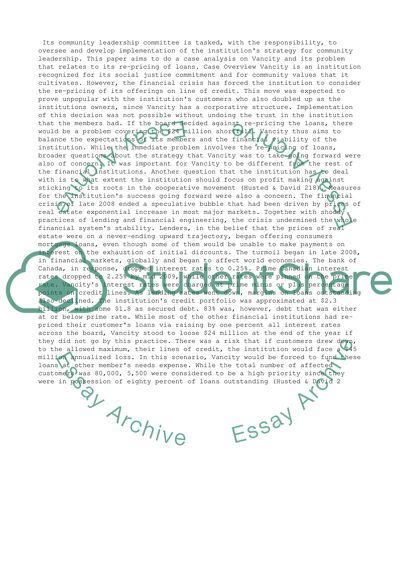Cite this document
(“Case Analysis: Vancity Study Example | Topics and Well Written Essays - 1250 words”, n.d.)
Retrieved from https://studentshare.org/management/1451034-case-analyze
Retrieved from https://studentshare.org/management/1451034-case-analyze
(Case Analysis: Vancity Study Example | Topics and Well Written Essays - 1250 Words)
https://studentshare.org/management/1451034-case-analyze.
https://studentshare.org/management/1451034-case-analyze.
“Case Analysis: Vancity Study Example | Topics and Well Written Essays - 1250 Words”, n.d. https://studentshare.org/management/1451034-case-analyze.


